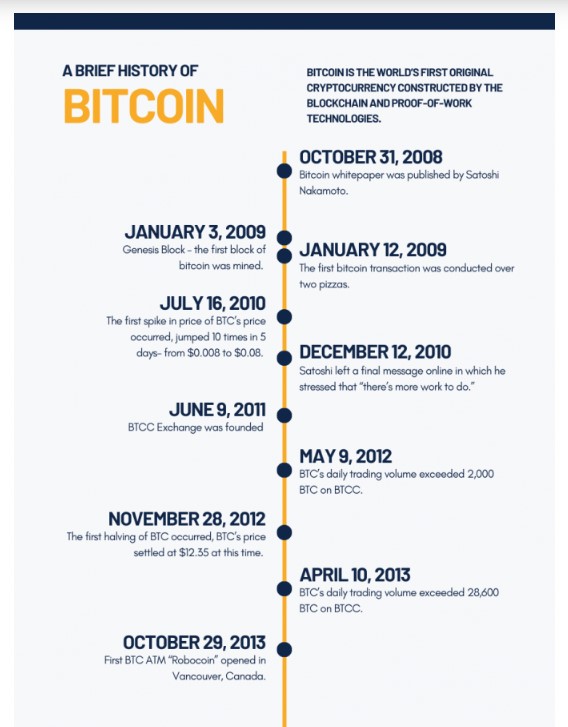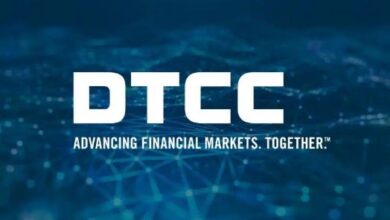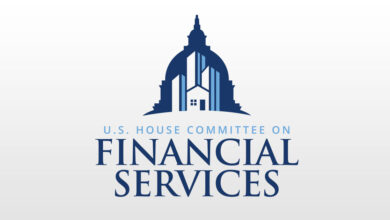Crypto’s First White Paper Turns 14!

Happy Bitcoin white paper day!
On October 31, 2008, Satoshi Nakamoto released the Bitcoin white paper on the Cryptography Mailing List and introduced the world to the first scalable peer-to-peer electronic cash system, knowing that it has now become more of a ‘store of value’.
“I’ve developed a new open-source P2P e-cash system called Bitcoin. It’s completely decentralized, with no central server or trusted parties, because everything is based on crypto proof instead of trust. Give it a try, or take a look at the screenshots and design paper” – Satoshi Nakamoto
James Donald responded to Satoshi, saying, “We very, very much need such a system, but the way I understand your proposal, it does not seem to scale to the required size”. He went on to tell Satoshi that in order for Bitcoin to work, everyone would need to run their own full node.
Satoshi rejected this criticism, but on day one, there was a small blocker critic of the Bitcoin protocol, which the Bitcoin community still deals with till now.
It took several months for the network to go live where the first block was mined, but October 31 will forever be the day that the idea of Bitcoin was released into the human consciousness.
A glimpse of Bitcoin History
Too many milestones on the Bitcoin roadmap, hence, the visual below shows all important events in chronological order.


What to learn from the Bitcoin white paper?
- Bitcoin is a peer-to-peer electronic cash system. It says so in both the title and the introductory abstract. Satoshi talks about how commerce on the internet has become dominated by trusted third parties and how Bitcoin is a solution to this problem.
- Bitcoin was designed to facilitate purely peer-to-peer transactions. It does not require intermediary systems, and payments should travel from Alice to Bob directly rather than through a series of hops and nodes.
- A coin is defined as a chain of digital signatures. Therefore, we can reason that protocol changes that break this chain of signatures, such as SegWit, redefine the very meaning of a Bitcoin as outlined by the inventor of the system in the white paper.
- Nodes collect transactions and put them into blocks, and find proof-of-work solutions for blocks.
- Over time, Satoshi intended for transaction fees to act as the incentive for running nodes. In section six, he said, “Once a predetermined number of coins have entered circulation, the incentive can transition entirely to transaction fees and be completely inflation free.”
Bitcoin was hijacked, but it has been restored, and there’s no stopping it this time. In fact, Bitcoin has been through hell and back. However, after all of the misunderstanding, deliberate twisting, and blatant misrepresentation, Satoshi’s Bitcoin, as outlined in his white paper, has been restored and is operating as intended. Today, Bitcoin trades under the ticker BSV, and the original protocol implementation is known as Bitcoin SV. With the significant dominance of BTC in the market, it processes millions of transactions daily, and a Cambrian explosion of innovation, app development, and use cases are underway. Finally, the small, casual transactions and the purely peer-to-peer network Satoshi designed will flourish once and for all.
What is Satoshi’s legacy?
A little more than a decade later, what is the significance of Satoshi Nakamoto’s white paper?
In the financial sphere, it incentivized financial companies and central banks to prioritize evaluating their technology, considering both increased digitization and ‘always-on’ digital platforms.
In some cases, like the renewed examinations of CBDCs, this has led to explorations of new systems even if it is not directly the adoption of blockchain technology.
“Bitcoin and blockchain have fundamentally changed the monetary world,” added Franklin Noll, a monetary historian and the President of Noll Historical Consulting.
“Terms like proof-of-work, distributed ledger technology, decentralized finance, programmable money and smart contracts are now part of the lexicon of anyone serious about the future of money and finance”, explained Hileman. “We are also only beginning to understand the potential impact of blockchain technology in areas outside of finance, such as digital identity, addressing the problem of fake news, and public election tampering.”
“The publication of Nakamoto’s 2008 paper was an important turning point in financial record-keeping,” said NYU’s Yermack. “We are only beginning to understand the ramifications, but they appear to be vast.”
Nevertheless, the Blockchain technology and financial freedom remain the main legacy that Satoshi envisioned, for Bitcoin is nothing but a small part of what this space can offer.
To conclude, Bitcoin has grown to a new all-time-high spot price of $66,974.77 per BTC on 20th of Oct 2021 as the U.S. SEC approved the launch of Proshares Bitcoin ETF. Citi remarked that bitcoin could be the currency for international trade. Paypal and Tesla have invested in crypto early this year. The increasing popularity of bitcoin is expected to keep skyrocketing as bitcoin users grow globally.
We’re betting on BTC to continue flourishing in the crypto industry, which is why, one can say that the past 14 years have been wild, but we still haven’t seen anything yet.
Thanks again, Satoshi.





